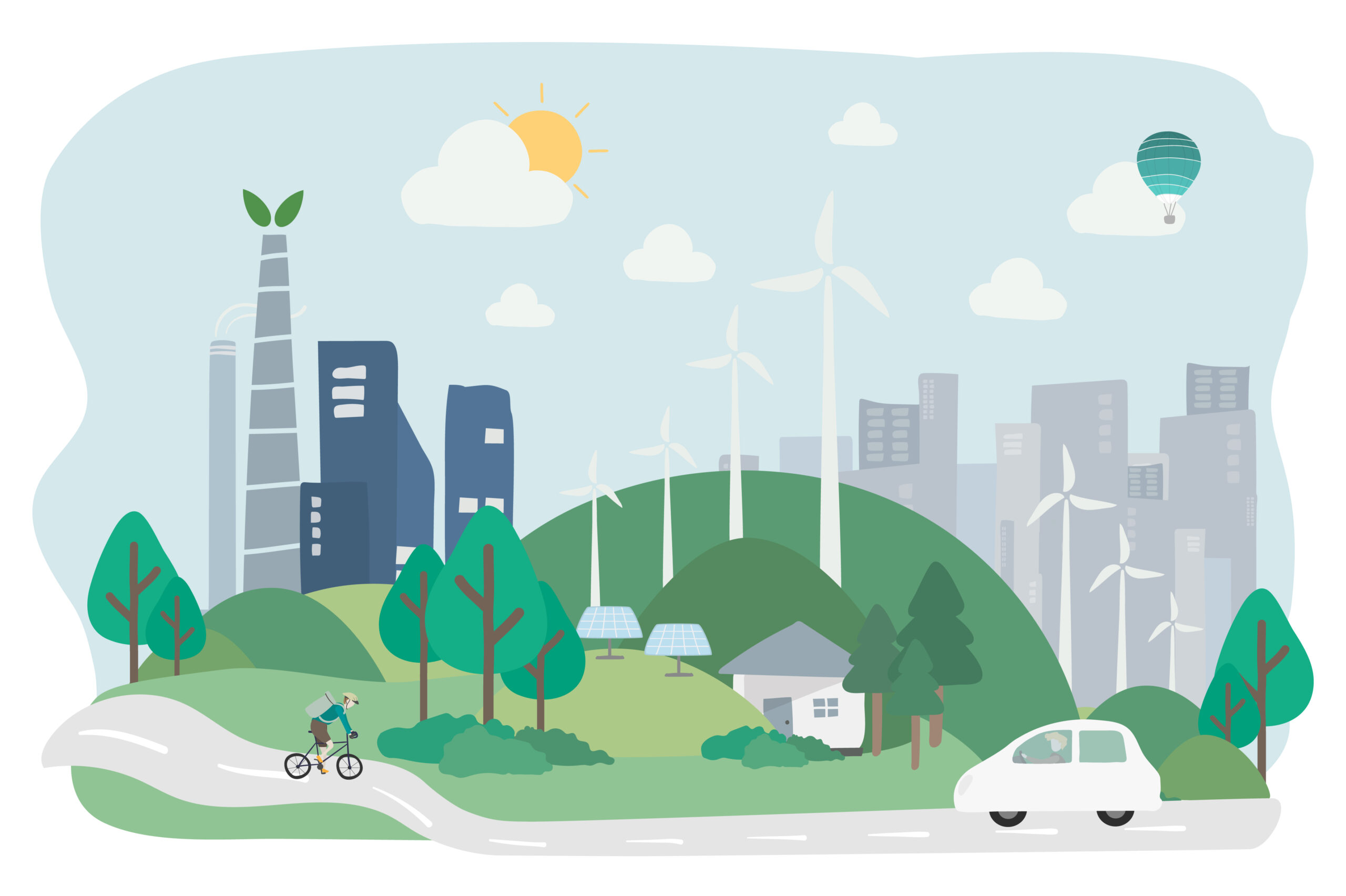
Google’s ambitious strides in artificial intelligence are taking a toll on its environmental goals, as highlighted by the company’s 2024 Environmental Report.
Over the past five years, Google’s greenhouse gas emissions have escalated by nearly 50 percent, complicating its path to achieving carbon neutrality by 2030. This increase is directly linked to the extensive energy demands of its AI-powered data centers.
In 2023, Google reported emitting 14.3 million metric tons of carbon dioxide, a significant rise from previous years, with a 48 percent increase compared to 2019 and a 13 percent increase from 2022. The report attributes this rise primarily to the increased energy consumption in data centers and higher emissions from supply chains.
As Google integrates more AI functionalities into its products, the challenge of reducing emissions is expected to grow due to the anticipated surge in energy usage necessary for expanding its technical infrastructure.
The environmental ramifications of AI are not unique to Google. The entire tech sector, including other giants like Microsoft, Amazon, Meta, and Apple, is facing similar challenges as they heavily invest in AI. Training AI models and utilizing AI features consume vast amounts of energy. Key points include:
- Research Insights: Research from AI startup Hugging Face and Carnegie Mellon University in 2023 indicated that generating a single AI image could use as much energy as charging a smartphone.
- Industry Forecast: Analysts at Bernstein have predicted that AI could double the rate of growth in U.S. electricity demand, with total consumption potentially exceeding current supply within the next two years, as reported by the Financial Times.
Google’s data centers, vital for the company’s AI operations, are also consuming more water than ever to maintain cooling systems under increased AI workloads. In 2023, these data centers used 17 percent more water than in the previous year, amounting to 6.1 billion liters. This quantity of water is enough to irrigate approximately 41 golf courses annually in the southwestern United States, a comparison used by Google to illustrate the scale of usage.
In addition to increased greenhouse gases and water use, Google’s expanded AI workloads have led to bizarre AI behaviors, such as suggesting inedible items like rocks and glue on pizza in search results and image generations, underscoring the unpredictable nature of AI applications.
Despite these challenges, Google’s report concludes with an expectation of an initial increase in total greenhouse gas emissions, which should eventually decline as the company progresses towards its 2030 carbon neutrality goal. However, the report does not specify the strategies that would facilitate this reduction, merely stating that predicting the future environmental impact of AI involves complexities and evolving conditions, suggesting that the path forward might diverge from past trends as AI becomes more deeply integrated across Google’s product portfolio.
You can read the full Google Environmental Report 2024 report here.
Featured Image courtesy of rawpixel.com on Freepik
